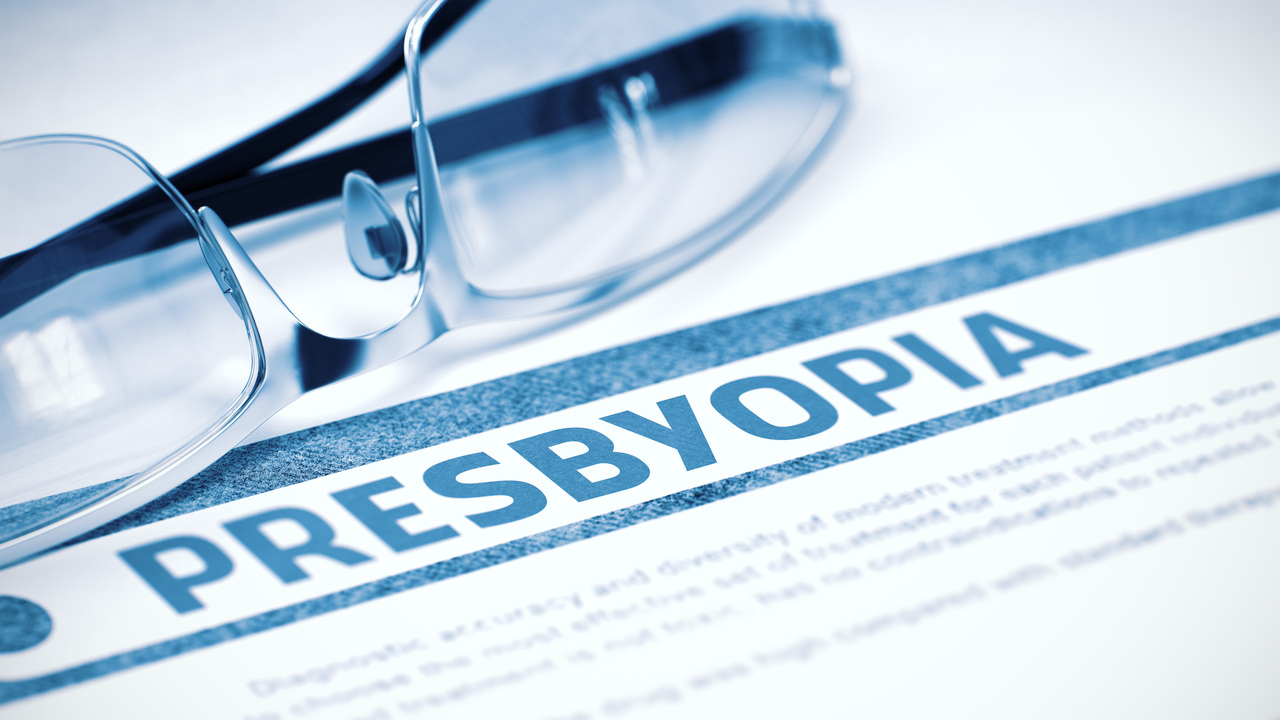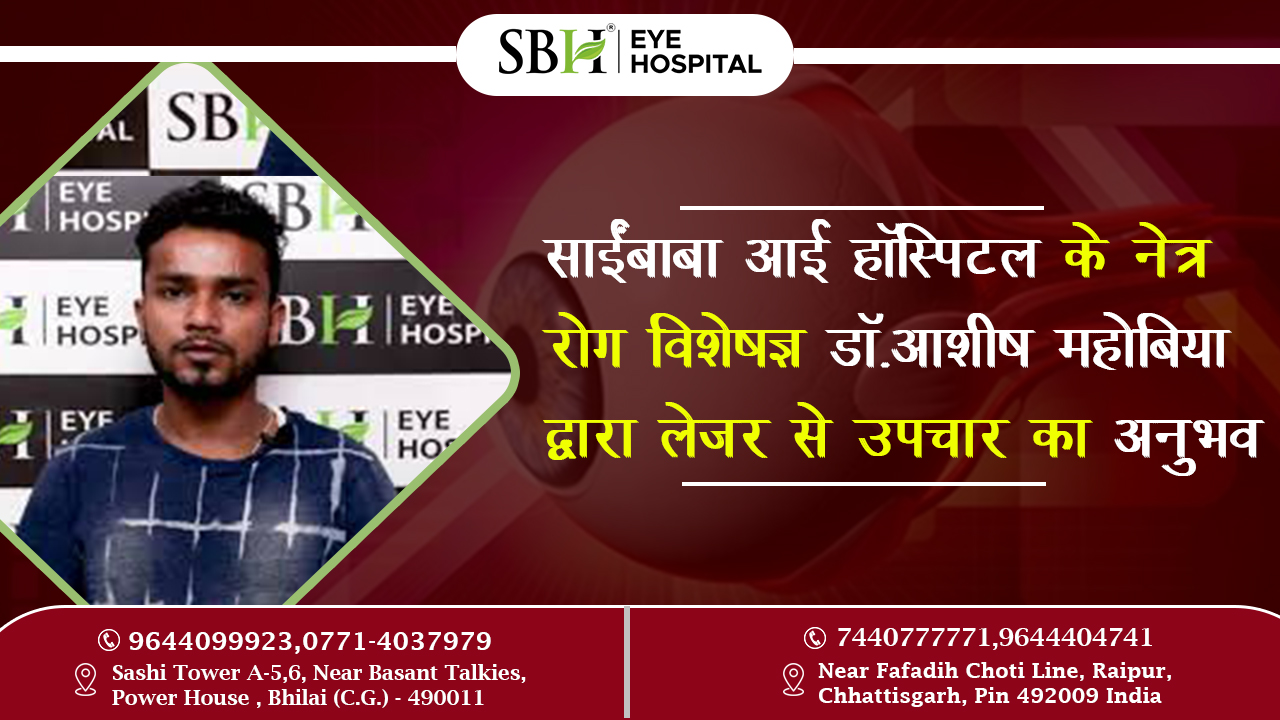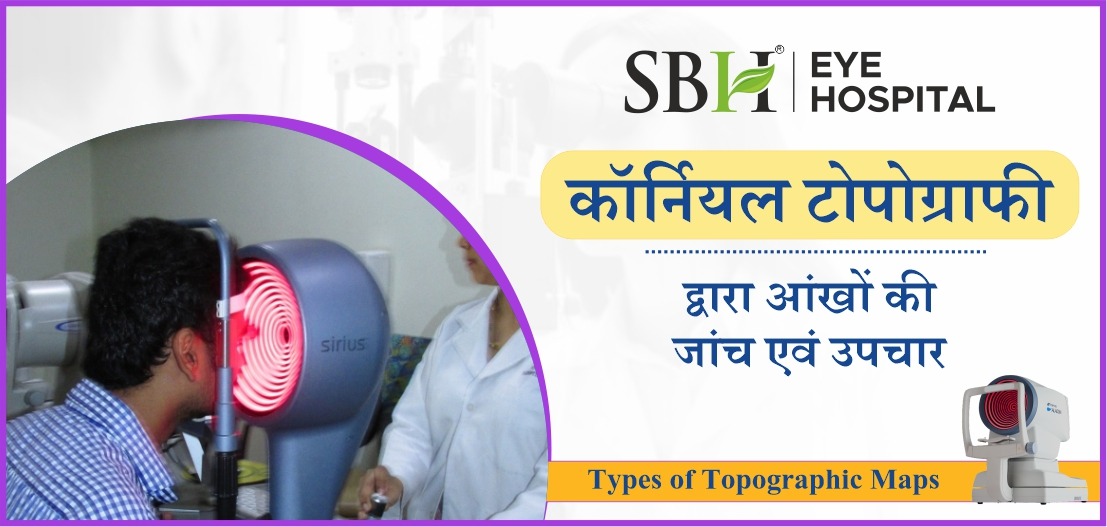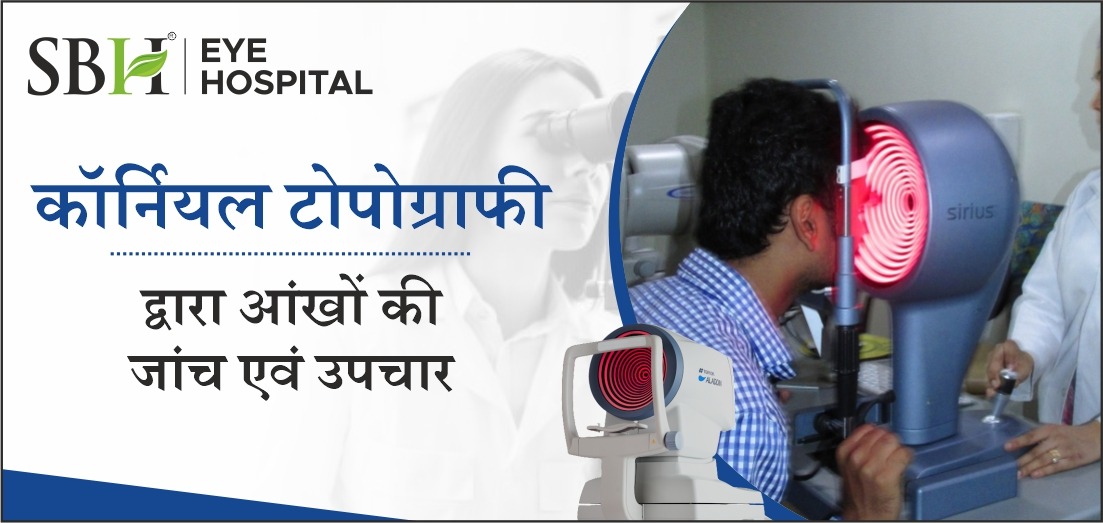You and Presbyopia
Presbyopia is the gradual loss of our eyes' ability to focus on neighboring objects. This being a natural, but often an annoying part of one’s aging, usually becomes perceptible while at early-to-mid-40s and continues to exacerbate until around age 65.
One may become cognizant of presbyopia when one begins holding newspapers, magazines and books at arm's length to be able to read them. A routine eye check-up can help confirm whether you have developed presbyopia or not. And, you can suitably correct the condition with contact lenses or eyeglasses. Else, you might also consider surgery as an option.
Risk factors
There are certain factors, which can predispose you to develop presbyopia, including:
- Age. Age being the greatest risk factor for presbyopia, almost everyone experiences some amount of presbyopia after the age 40.
- Other medical conditions. Having certain diseases — such as multiple sclerosis or cardiovascular diseases, diabetes or being farsighted — can increase your risk of premature presbyopia, which is presbyopia in people younger than 40.
- Drugs. Certain drugs are known to be associated with premature presbyopic symptoms, including antihistamines, antidepressants and diuretics.
When to see a doctor
Visit an eye doctor if your blurry close-up vision is keeping you away from reading, performing close-up work or enjoying other normal activities. Your eye doctor can determine whether you have presbyopia and advise you of your options.
Seek immediate medical care if you:
- Experienced a sudden loss of vision in one eye with or without eye pain
- Had sudden hazy or blurred vision
- Come across flashes of light, black spots or halos around lights
- See double vision





